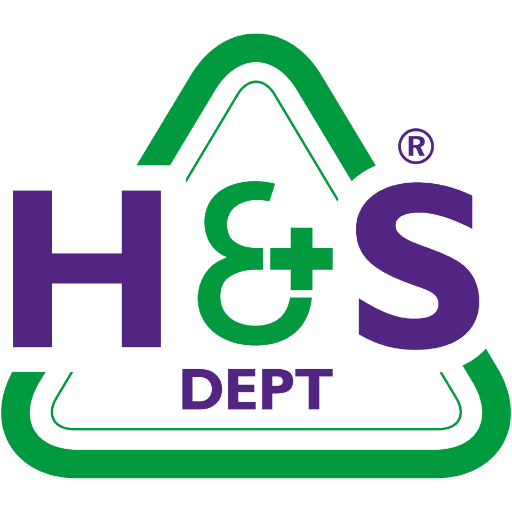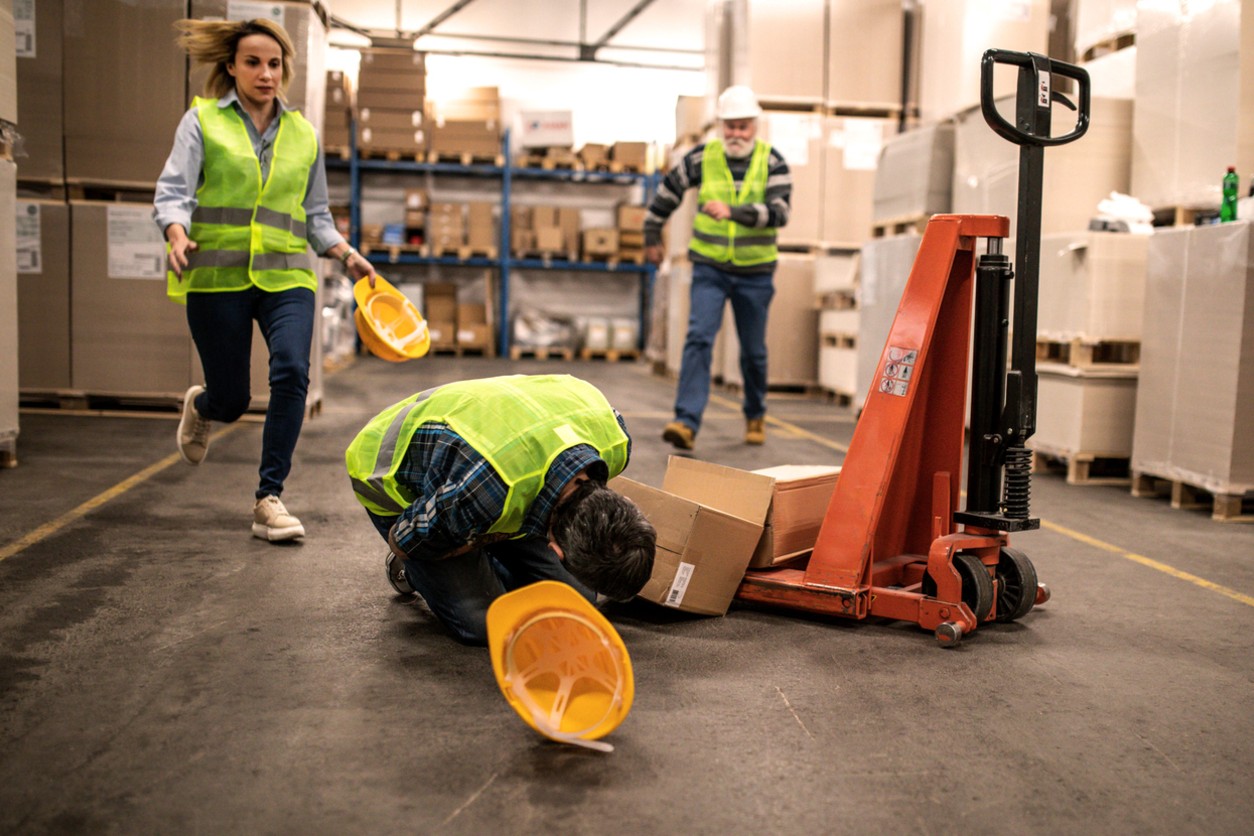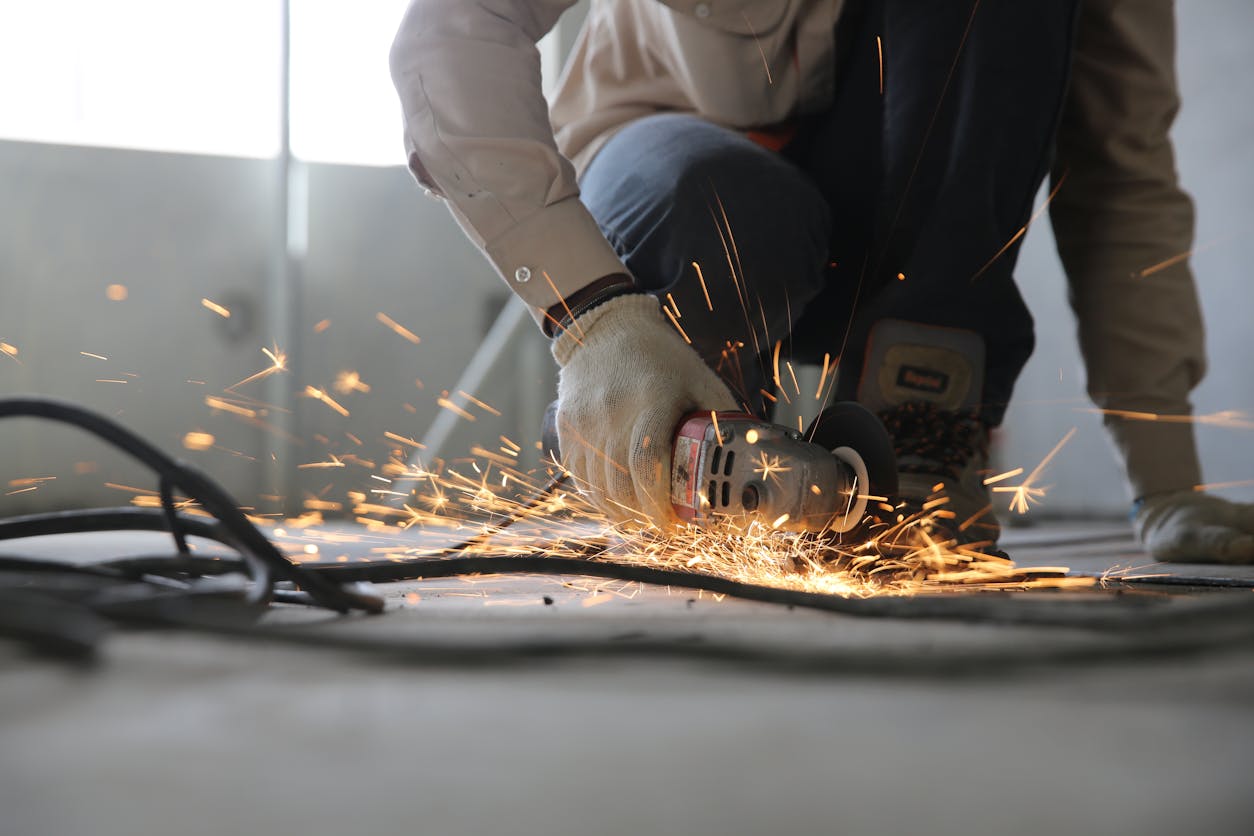Fire safety laws are evolving. And if you’re running a business in the UK, it’s crucial to understand what those changes mean for you.
2025 has brought in a number of important updates to fire safety regulations. Some are designed to modernise how we approach safety; others respond directly to the lessons we’ve learned from past tragedies. In this blog, we’ll break down what’s changed, why it matters and how you can make sure your business is ready.
A Refreshed Look at Fire-Safe Furniture
Let’s start with something that might not seem obviously connected to your workplace: furniture labels.
The Furniture and Furnishings (Fire) (Safety) Regulations were first introduced back in the late 1980s to improve fire resistance in domestic and commercial settings. But they hadn’t kept pace with modern manufacturing or consumer expectations until now.
The 2025 amendment updates some key details. Most notably, enforcement agencies will now have up to 12 months (instead of six) to bring proceedings in the event of a breach. This gives regulators more time to act where fire safety has been compromised.
Another change that may affect retailers and suppliers is the removal of the requirement for “display labels” on new products. You can still use labels voluntarily — but you won’t be penalised if you don’t, as long as your products meet the relevant safety standards.
Lastly, the scope of what’s considered “furniture” has been revised. Products specifically designed for babies and young children are now excluded from the regulation, streamlining responsibilities for certain manufacturers and retailers.
New Requirements for Care Homes
Perhaps one of the most impactful updates this year is the introduction of mandatory sprinklers in all new care homes in England. From 2 March 2025, any newly constructed care facility are required to have a sprinkler system installed, regardless of its height.
This isn’t just a box-ticking exercise. It’s a direct response to long-standing concerns from fire safety professionals and campaigners, particularly around protecting vulnerable residents who may find evacuation difficult in an emergency.
If your business is involved in designing, commissioning, or building care homes, this is a vital consideration — and one that could influence timelines, budgets and compliance strategies.
Changes to Building Standards
These care home rules form part of wider changes to Approved Document B — the official guidance document that supports fire safety compliance under UK building regulations.
From this year onwards, one of the key shifts is the move away from the British Standard BS 476 to the European Standard EN 13501 when it comes to classifying fire resistance. This change is about creating greater consistency across the construction industry and ensuring materials are tested to a more modern, robust framework.
For architects, developers and facilities managers, that means checking whether building materials, systems and plans align with the new standard — and updating specifications where necessary.
Re-Evaluating Emergency Plans with PEEPs
Another area getting increased attention this year is Personal Emergency Evacuation Plans — or PEEPs.
While not a new concept, PEEPs have gained renewed prominence following the Grenfell Tower Inquiry. These are personalised plans designed to help anyone who might need additional support evacuating a building safely. For example, someone with a physical disability, hearing impairment or mental health condition.
Although PEEPs aren’t (yet) legally required across every business setting, there’s a growing expectation that organisations take them seriously. If you’ve never created one before, now is the perfect time to look at how your fire safety strategy accounts for the individual needs of your staff, visitors or clients.
It’s a simple but powerful way to ensure your business is inclusive, prepared and protective of all the people who pass through your doors.
So, What Should You Do Now?
All of this might feel like a lot to take in, and we understand that. Keeping on top of new regulations while managing day-to-day operations isn’t easy, especially for busy SMEs.
But these changes don’t have to be overwhelming. A few small steps can go a long way:
Start by reviewing your current fire risk assessment. Does it reflect your premises as they are today? Are your fire safety policies and evacuation plans still fit for purpose?
If you’re involved in a new care home build, ensure that sprinkler installation is built into your plans from the beginning.
And if you haven’t already, think about introducing or updating PEEPs for anyone who might need additional support.
The key is to be proactive, not reactive. By making time now to review and refresh your fire safety measures, you’re giving your team peace of mind and your business the best possible protection.
How We Can Help
At The Health & Safety Dept, we’re here to help you navigate these regulatory changes with clarity and confidence.
Whether you need a hand reviewing your fire risk assessment, developing a new fire safety policy, or implementing training for your team, our advisors are on hand to support you. We’ll take the stress out of compliance, offering straightforward, tailored guidance that works for your business.
If you’re unsure about how these updates affect your business or you’d like expert support to make sure you’re on the right track, just get in touch with The Health & Safety Dept. We’re here to help you stay safe, compliant and focused on what you do best.











